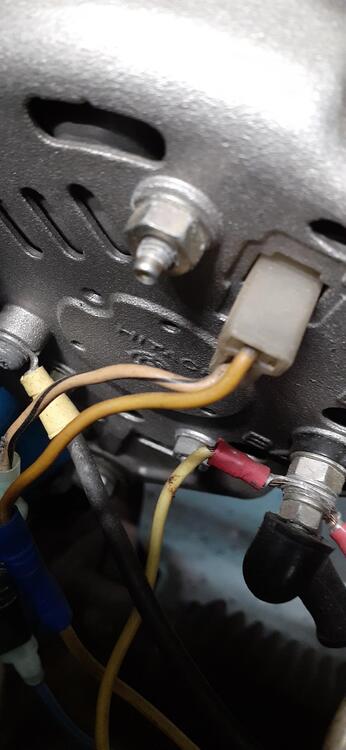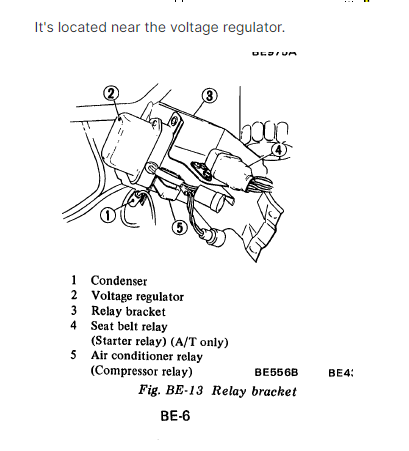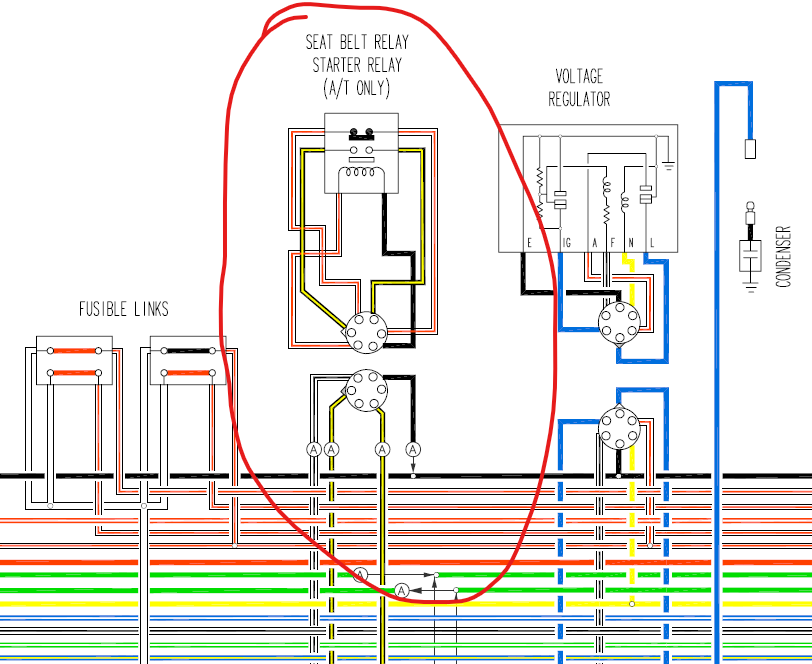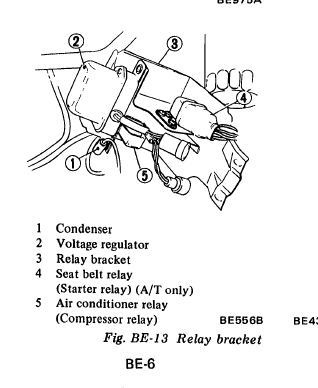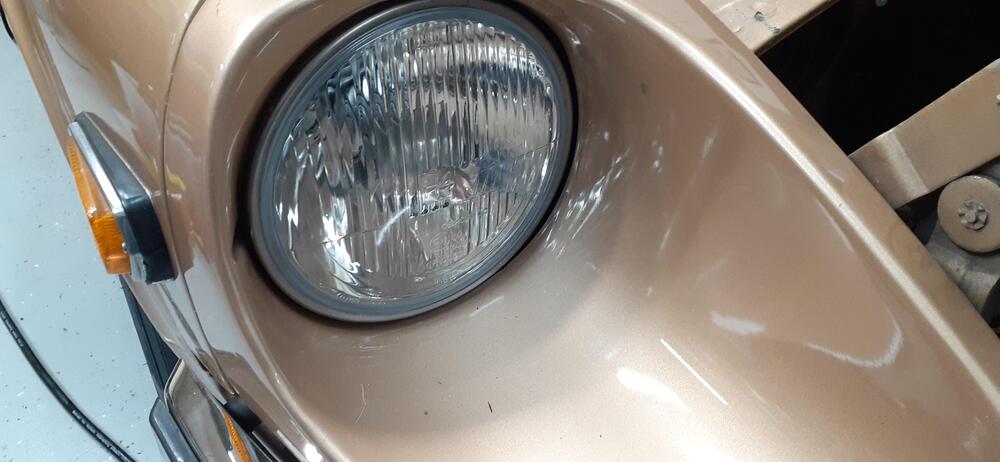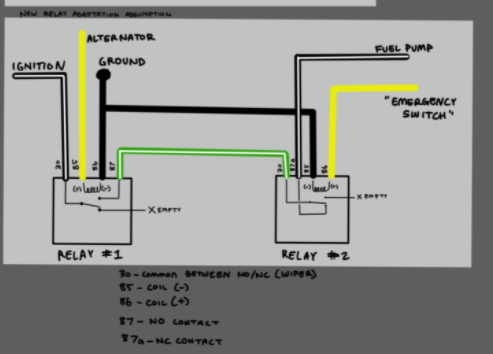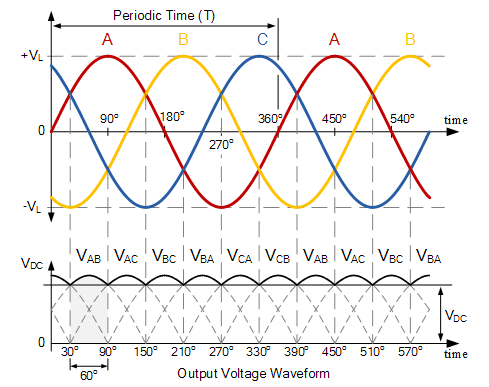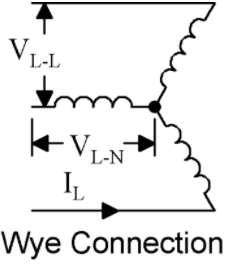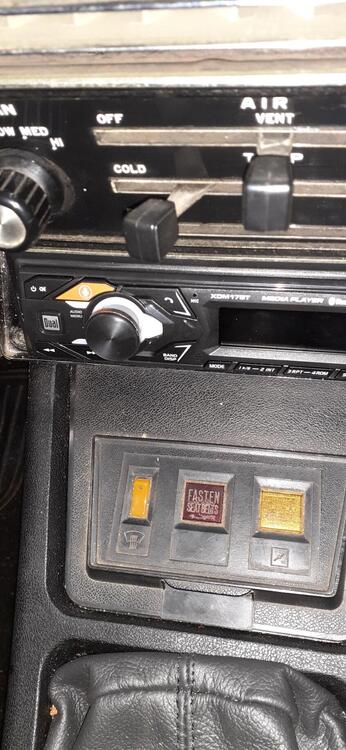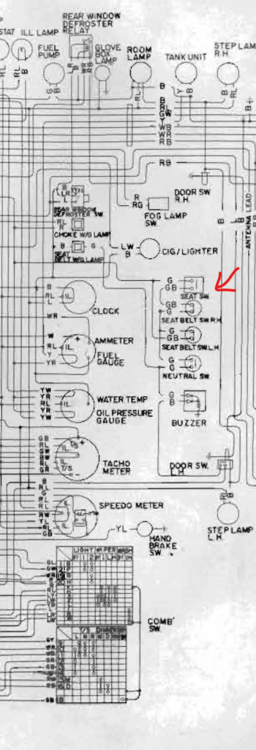Everything posted by SteveJ
-
1975 280Z catalytic converter heat shield ?
He would never do it. The Supremes don't do pub crawls.
-
1975 280Z catalytic converter heat shield ?
https://www.zcar.com/threads/1978-280z-california-or-no.407281/
-
1975 280Z catalytic converter heat shield ?
First, are you really in Pennsylvania? Does the car say it is a California spec or Federal spec? Only the California spec should have a catalytic converter. Anyway, look at part #68 on this page: http://www.carpartsmanual.com/datsun/Z-1969-1978/engine-280z/exhaust-tube-muffler/california
-
resurrecting a 1977 280Z
Replace the rings. Use connectors like this: https://www.amazon.com/Pupilash-Terminal-Insulated-Electric-Connector/dp/B08T5P9Y2N For the green wire in the harness use a female connector and a male connector on the red wire on the pump. Use a male connector on the black wire in the harness and a female connector on the black wire on the pump. Put some dielectric grease on both male connectors. To crimp the connectors, I recommend a ratcheting crimper like this: https://www.amazon.com/Klein-Tools-Ratcheting-Crimper-10-22/dp/B07WMB61J5/
-
Gauge issues
What year Z? Put the year of your car in the signature. Click on your username in the top right corner of the screen. On the left hand side of the new screen, you will see Signature. Click on that and add the year of your car to the signature block. Save it, and in future posts we will know what year car you need help with.
-
starter issue, wiring?
@Zed Head is correct on the wiring. Car yellow to new connector green Car white/black to new connector yellow. Here's a photo from my 73.
-
Ignition / Starter voltage drop on 77 280z
You gave enough details to get a good guess. I'm glad it was that easy.
-
Getting the 73 Back on the Road
That's right. There should be 4 screws, but you only have 3 when you twist the head off one. That happened when I changed bulbs 22 years ago. Why did I need to change bulbs? I put in a new alternator and didn't know it was internally regulated. I was checking my new relay setup and running the car to test the new alternator. I measured the voltage at the battery and saw 17 volts! Before I could turn off the car, the passenger headlight went *poof*! A little research on Zhome.com, and I figured out my problem, and bypassed the voltage regulator.
-
Heater and AC discussion.
I have been caught out in weather conditions in the summer where I needed the defrost function. Don't be too quick to say you won't ever need it.
-
Ignition / Starter voltage drop on 77 280z
- Ignition / Starter voltage drop on 77 280z
You may end up bypassing that relay if all else fails. You can also test to see if that's the problem by using a voltmeter. Measure voltage to ground on each side of the relay. The black/yellow should be carrying voltage to the relay, and I think it might be a yellow wire exiting the relay. Anyway, that wire exiting the relay is the one that goes to the solenoid. The wiring diagrams I have aren't great about showing the wire colors there.- Ignition / Starter voltage drop on 77 280z
Are you trying to start the car without the seat belt buckled? For the automatic, there is a relay in the circuit. It's located near the voltage regulator.- Getting the 73 Back on the Road
I was looking for a garage project this weekend, so I decided to go ahead and install some Hella H4 housings with LED bulbs in the 240Z to replace the old Victoria British/Black Dragon Auto generic H4 housings with halogen bulbs. I have the generic H4 housings with LED bulbs in the 260Z, but I wanted to see if I got a better beam pattern with the Hella housings. I think the Hellas look better/more appropriate for the Z, too. I even shot some video in case someone needed some more information on how to change headlight bulbs on an S30, not that it's a big challenge. Anyway, the video should be available now.- Brand New 260z Owner Looking for Fuel Pump Relay Help :c
You are welcome. I just ask that you pay it forward to others when you have the chance.- Brand New 260z Owner Looking for Fuel Pump Relay Help :c
The last part of the diagram that shows the common relays is correct except I would call the yellow wire "starter solenoid" instead of "emergency switch" You can also buy connectors from Vintage Connections to match up to the connectors in the wiring harness.- Brand New 260z Owner Looking for Fuel Pump Relay Help :c
If you're looking at the output with an oscilloscope, you would see the ripples, but with the 3 phase full wave rectifier setup in the alternator, we can think of it as just a DC output. When the key is in ON with the engine running, both FPRs complete the circuit for power to the fuel pump. I do not know why the previous owner made the drawing you included. What I described is the stock wiring and is shown in the image from the factory service manual. There is an "Emergency Switch" in the 260Z, but it is bypass the (*gag* *choke* *puke* 🤮) Seat Belt Interlock Relay on a one-time basis. Most 260Z owners (and any other owners of 1974 model year cars) have bypassed the interlock relay, negating the need for the emergency switch.- Brand New 260z Owner Looking for Fuel Pump Relay Help :c
Let's go over the theory of operation in an effort to help explain what is going on. When Nissan changed carburetors between the 72 and 73 model years, more complaints were received about vapor lock. Nissan implemented a couple of "fixes". Insulate the heck out of the fuel rail including the individual hoses from the rails to the carburetors. (Mmm, asbestos!) Add a helper electric fuel pump to the mechanical fuel pump to push cool fuel through the lines blocked by the higher pressure vapor. When the car is starting, it uses the fuel in the float bowls, and you don't need fuel pouring into the float bowls. As a matter of fact, it is easier to push the vapor if the carburetors have used some fuel during starting, lowering the float to open the float valve. So now let's look at the fuel pump relay circuit and talk about what happens. The drawing is from page EF-7 in the 74 FSM. I enhanced the descriptions so you can see it better. Let's first talk about Fuel Pump Relay #2 (FPR2). The coil of FPR2 is energized when the key is in the START position. When the coil is energized, the fuel pump circuit opens, preventing the operation of the fuel pump. When you release the key to allow it to go from START to ON, the coil for FPR2 de-energizes, the contact closes, and that part of the circuit is completed again. Now let's go to Fuel Pump Relay #1 (FPR1). The coil of FPR1 is energized by the neutral of the alternator. So what is the voltage of the neutral? Let's go down the rabbit hole a little bit. If you measured the voltage coming off the windings of the alternator you would see AC voltage, specifically 3 phase AC voltage. In power generation terms, we call the configuration of the alternator WYE because each of the three phases connects to a common "neutral" point. As you can see, when I rotated the first image, it looks like the letter "Y". If you ground the neutral, the voltage from neutral to ground becomes zero, but the neutral isn't grounded in our cars. Now, the output from the alternator goes through a rectifying bridge. This uses diodes to stop the current from flowing in the reverse direction, and with the 3 phase waveforms, the output is close enough to a DC square wave that it is usable to the DC electrical system. The output of the alternator is about 14.5 volts. Knowing that, we can calculate the voltage to ground. (You may have seen @Captain Obviousand I discussing that on another thread. He keeps me from going down the wrong rabbit holes.) To get the neutral to ground voltage, we can divide the alternator voltage by the square root of 3 (1.732), giving us about 8.3V. That is enough to energize the coil of FPR1. With the key in ON and the alternator turning, FPR1 completes the full circuit to the fuel pump. (With the key in ON, FPR2 is not energized, so the contact is closed, allowing current to flow through it.) If the engine dies, the alternator stops turning. The voltage from neutral to ground goes to zero, causing FPR1 to open the fuel pump circuit even if the key is on. There is no separate emergency switch. So here is the maybe useful trivia. You may notice posts saying that instructions for going to an internally regulated alternator won't work on a 260Z. This is because of how FPR1 is energized. If you change the wiring for an internally regulated alternator, you lose the neutral output from the alternator. This means you would need to find another source for the FPR1 coil and probably incorporate an inertia switch into the circuit for safety.- Brand New 260z Owner Looking for Fuel Pump Relay Help :c
What? Do you think I can just spit out a response? 😉 I've been working on it for about 45 minutes now.- resurrecting a 1977 280Z
That's child cruelty. 😉 By the way, I used to have a bench that was just about the height of the door sill. I could lie on that while reaching into the driver's footwell. It was much nicer than just throwing a blanket over the door sill while I was trying to maneuver the cotter key into the clevis pin.- starter issue, wiring?
The T connection is for the sense (battery voltage) and lamp (switched source) wires. You can get a T connector here: http://www.vintageconnections.com/Products/Detail/79 The single pin connection is not utilized for your application. It is labeled P for pulse. https://shop.pkys.com/Alternator-Terminals-explained.html Yes, that alternator should work fine. I installed one on my 240Z back in April 2000.- Exhaust Manifold Help 77 280z
Konig Rewinds - They are the popular budget choice. That is why my friend doubles on the gasket to help with sealing. It usually works, and a high quality flange on the header certainly helps. There are some threads on here discussing that. It's a good opportunity to learn how to use the search functions unless @siteunseenpops in with his indexed search on headers. 😉- Exhaust Manifold Help 77 280z
Here's the 240Z And the 260Z- Seatbelt warning
Then obviously you don't know correctly. The seat belt warning light and choke warning light are on the fuse box cover for the 72 and 73. Both lights are also shown in the snippet of the wiring diagram I included. As for the bulbs, I double checked the choke warning and seat belt warning lights. They are indeed BA7 bulbs.- Bulb for seatbelt warning and rear defroster lamps
Sorry, that's not accurate for the 73. The Hazard switch light is a BA9S, but there is a strand of optical fiber from the bulb to the switch. I'm not sure about the seat belt warning light for the 73.- Seatbelt warning
- Ignition / Starter voltage drop on 77 280z
Important Information
By using this site, you agree to our Privacy Policy and Guidelines. We have placed cookies on your device to help make this website better. You can adjust your cookie settings, otherwise we'll assume you're okay to continue.










